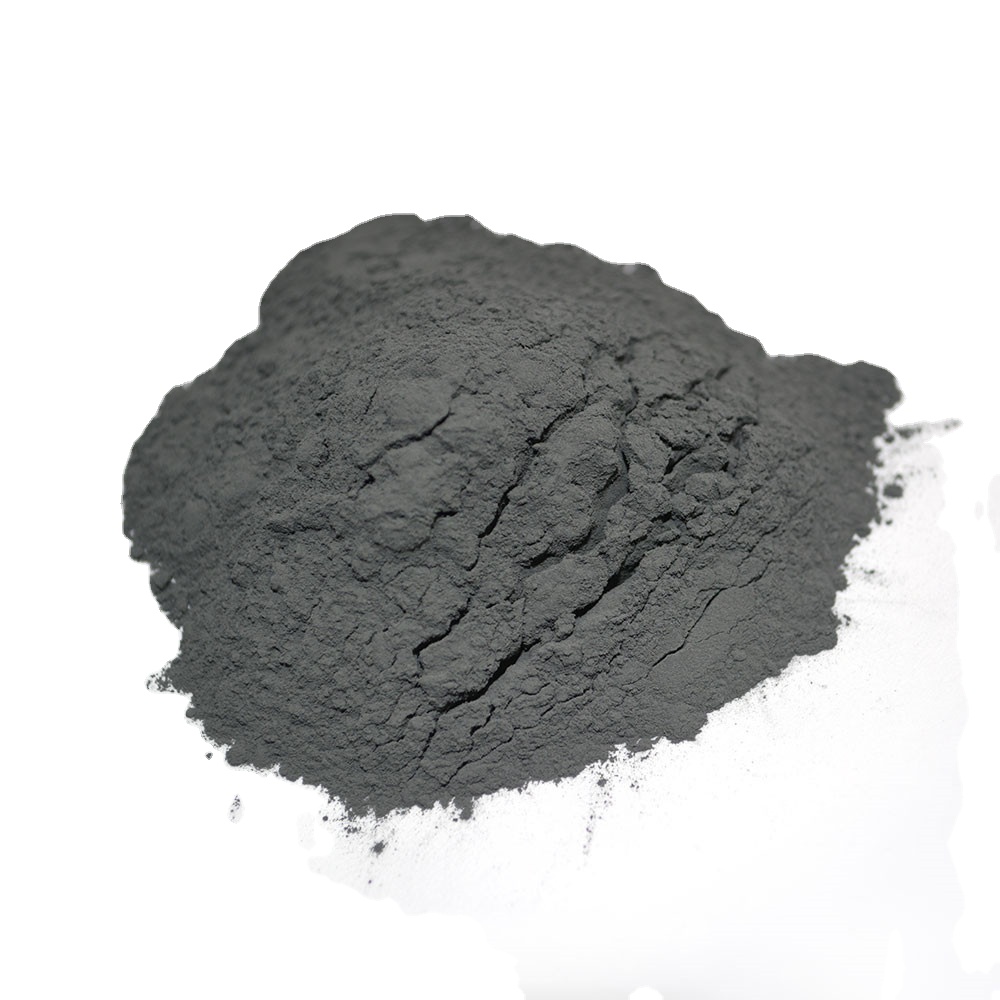Research progress on the application of low-activity vanadium-titanium slag in building materials
The chemical composition of vanadium-titanium slag is similar to that of ordinary blast furnace slag, mainly CaO, SiO2, Al2O3, MgO, etc. The difference is that its TiO2 content is high. The mineral composition of vanadium-titanium slag is mainly crystalline minerals such as titanium pyroxene, perovskite with no hydraulic activity, bayite, spinel, etc. The amount of glassy components formed is significantly reduced, and the activity is reduced, resulting in this industrial waste slag. It has not been developed and utilized on a large scale.

Comprehensive utilization of vanadium and titanium slag
1 Used as cement admixture
After the vanadium-titanium slag, steel slag, ordinary blast furnace water-quenched slag and cement clinker are ground together in a certain proportion, composite cement with a strength grade of 52.5 can be produced.
2 Used as concrete aggregate
Although the activity of vanadium-titanium slag is lower than that of general blast furnace slag, it can be used as a component to formulate concrete because there are no harmful components that affect cement hydration in vanadium-titanium slag. The crushing index of vanadium-titanium slag has little relationship with compressive strength, apparent density, bulk density and porosity. No free CaO, no pulverization, no cracking after repeated autoclaving, good stability, low sulfur content, no tendency to decompose iron and manganese, and the high titanium heavy slag stored in the open slag field for a long time is very stable and has no cracking powder It has the mechanical strength of grade 2 to 3 stone, and its wear resistance is no less than that of limestone. It can be used as coarse and fine aggregate of concrete.
3 Use as building blocks or bricks
Using high-titanium blast furnace slag as the main raw material, the steam curing process can be used to produce MU10 slag bricks. On the basis of meeting the relevant national standards, the slag content in the slag bricks is more than 80%.
4 Used in ceramics
Using titanium-containing slag as catalyst, the degradation of nitrobenzene-containing wastewater was studied by electrochemical method. The results show that: the vanadium-titanium slag
Titanium mainly exists in the form of rutile TiO2. Under the same experimental conditions, the catalytic performance is related to the titanium content in the slag. The higher the titanium content, the better the catalytic activity.
5 Other applications
Aerated concrete with a bulk density of 700 kg/m3 was prepared with low activity titanium slag as raw material. When the content of titanium slag is lower than 20%, the compressive strength of air-entrained concrete increases with the increase of the content. A TiO2-SiO2-Al2O3-rich composite sol was prepared by using the blast furnace titanium-containing slag as a raw material, using the alkali melting method, and after high temperature calcination, dissolution and ion exchange treatment. The degradation efficiency of the sol to methyl orange can reach 98.4 % , which explores a new idea for the application of titanium-containing blast furnace slag.
In the field of building materials, waste slag can be used in large quantities, which is in line with the current situation of vanadium-titanium slag treatment and utilization. In these applications, although some progress has been made, the technical and economic added value is not very high, and the TiO2 in the recovered slag is not considered, resulting in a waste of titanium resources. The search for new utilization methods is still the main direction of comprehensive utilization of vanadium-titanium slag. one. If the titanium-containing alloy can be extracted by smelting, the titanium component in the slag can be utilized, because the ability to digest and process vanadium-titanium slag is very limited, and it is far from being able to adapt to the situation of my country’s annual output of more than 2 million tons of vanadium-titanium slag. In addition, these processes consume a lot of acid, chlorine and energy, pollution and cost also make them difficult to popularize and apply.
